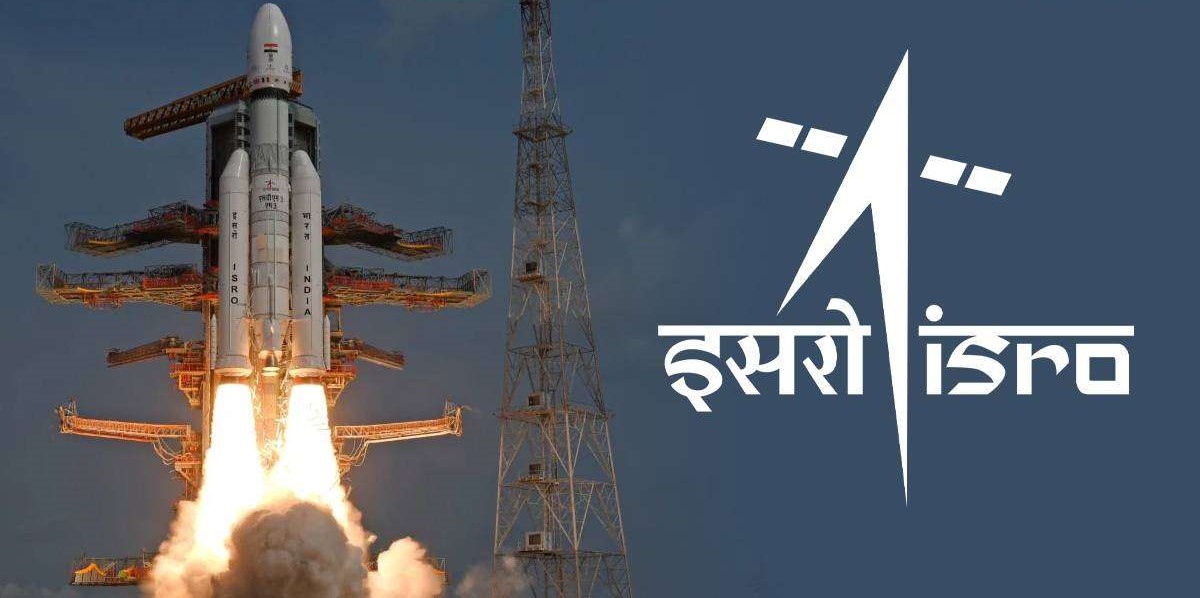A Beacon of Hope: ISRO and CNES Join Forces for TRISHNA
In a timely response to the intensifying climate crisis, the Indian Space Research Organization (ISRO) announced a collaborative mission with the French National Centre for Space Studies (CNES) called TRISHNA (Thermal Infra-Red Imaging Satellite for High-Resolution Natural Resource Assessment). This groundbreaking initiative aims to revolutionize our understanding of Earth’s natural processes and empower us to tackle critical challenges like water scarcity and extreme weather events.
Table of Contents
Unveiling the Invisible: High-Resolution Thermal Imaging
TRISHNA, scheduled for launch in 2025, will be equipped with two cutting-edge payloads. The French-developed Thermal Infra-Red (TIR) payload boasts a four-channel long-wavelength infrared imaging sensor designed to capture high-resolution surface temperature data. This data will be instrumental in mapping variations in heat radiation across different regions, providing invaluable insights into Earth’s energy balance.
Completing the Picture: VNIR-SWIR Payload
Complementing the TIR payload is the VNIR-SWIR payload, a marvel of Indian ingenuity. This seven-band sensor, developed by ISRO, will map the reflectivity, or albedo, of Earth’s surface. By measuring the amount of heat reflecting off various regions, VNIR-SWIR will contribute to calculating crucial biophysical and radiation budget variables, further enriching our understanding of Earth’s energy dynamics.
Applications for a Sustainable Future
The data collected by ISRO holds immense potential for tackling some of humanity’s most pressing concerns. By enabling the calculation of surface heat fluxes, It will shed light on the factors contributing to excessive heat radiation in specific areas. This information will empower us to develop strategies to mitigate these issues and address the growing threat of water depletion says ISRO.
Food Security in Focus: The Power of Evapotranspiration Monitoring
TRISHNA’s focus on evapotranspiration monitoring, encompassing both soil evaporation and plant transpiration, is particularly significant for agriculture. This crucial metric will provide valuable insights for optimizing water usage and maintaining soil moisture levels, a critical concern for Indian farmers battling increasingly frequent droughts says ISRO.
Beyond Temperature: A Holistic Approach
TRISHNA’s capabilities extend far beyond thermal imaging. The mission will contribute significantly to advancements in remote sensing technology, enabling us to monitor Earth’s health from a distance with unprecedented accuracy. Additionally, the satellite’s high-resolution, “high-repeat” imaging capabilities will be instrumental in improving our understanding of Earth’s natural processes, empowering us to develop effective strategies for mitigating climate change as expected by ISRO.
Building on Success: TRISHNA and its Predecessors
The TRISHNA mission builds upon the legacy of successful Indo-French collaborations like the NASA-ISRO Synthetic Aperture Radar Satellite (NISAR). Similar to NISAR’s ability to monitor Earth’s deformations, It’s focus on thermal imaging and resource management paves the way for a more comprehensive understanding of our planet and its response to climate change.
Beyond the Horizon: Benefits for All
The benefits of TRISHNA extend beyond scientific research. Urban planners will gain access to detailed urban heat island maps and heat alerts, empowering them to develop sustainable urban infrastructure. Water quality monitoring capabilities will enable the detection of pollution in coastal and inland water bodies, safeguarding precious resources. It will also play a vital role in mapping freshwater sources entering the ocean from beneath the seabed, critical for managing this often-hidden resource.
Operating with Precision: The TRISHNA Mission Design
The TRISHNA satellite will operate in a sun-synchronous orbit at an altitude of 761 km, with a local time of 12.30 pm at the equator. This meticulously designed orbit will enable the satellite to achieve a spatial resolution of 57 meters for land and coastal areas, and 1 kilometer for oceanic and polar regions. The mission by ISRO is designed for a five-year operational life, ensuring a continuous stream of valuable data for researchers, policymakers, and stakeholders around the globe.
TRISHNA: A Symbol of Collaboration and Hope
The mission by ISRO stands as a testament to the power of international collaboration in addressing global challenges. By combining cutting-edge technology with a commitment to environmental sustainability, TRISHNA offers a beacon of hope in our fight against climate change. The mission’s focus on resource management empowers us to move towards a future where we can coexist in harmony with our planet.

1 Comment
Thank you for the good writeup It in fact was a amusement account it Look advanced to far added agreeable from you However how could we communicate